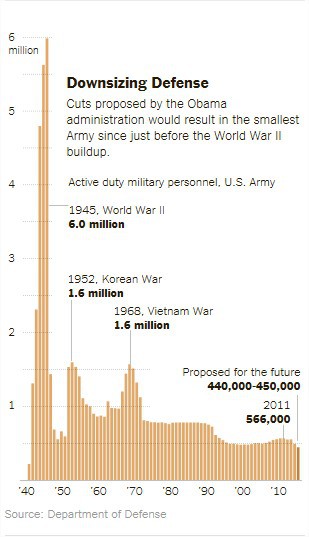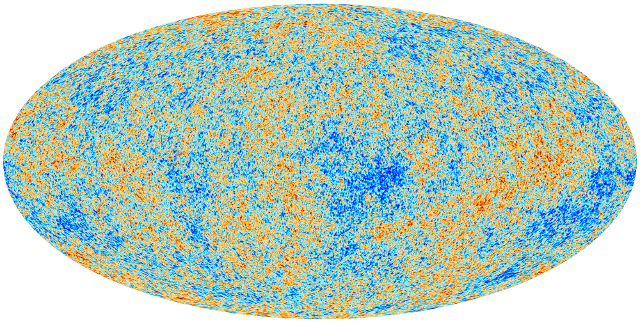Alexander Popov (2012), Attractive force
Bibliography
Isaac Newton, Philosophiæ naturalis principia mathematica
Albert Einstein, Die Grundlage der allgemeinen Relativitätstheorie
A notebook of useful things
Alexander Popov (2012), Attractive force
Bibliography
Isaac Newton, Philosophiæ naturalis principia mathematica
Albert Einstein, Die Grundlage der allgemeinen Relativitätstheorie
Mat Zo (2009), Fractal Universe
http://www.youtube.com/watch?v=GgDUkAWvLik
Bibliography
Andrei D. Linde, Eternally existing self-reproducing chaotic inflationary universe, and references to it.
Temple One (2009), String Theory
Bibliography
The early history of string theory and supersymmetry, and references therein.
…and the birth of astrophotography.
The earliest known photograph of the Moon was taken by John William Draper in 1839 or 1840. Draper, an Englishman by birth, was a chemistry professor at New York University at the time. This silver platinum plate of the Moon was the first of a series he shot through his telescope.
In 2013, the Hubble Space Telescope took a picture of the farthest galaxy ever discovered, the dwarf galaxy z8_GND_5296. Since far=old (that’s 13.1 billion years old), it also holds the record for the oldest object ever photographed using visible light.
US Defense Secretary Chuck Hagel announced today the new Pentagon proposal for the future structure of the US Armed Forces. The New York Times carried an article yesterday giving an overview of the planned restructuring, which, in a nutshell, is all about downsizing.  At first glance, this might look like: less troops = less fighting power. But wars, and confrontations are not, and never where, about the number of troops. They are all about the utility of force.
At first glance, this might look like: less troops = less fighting power. But wars, and confrontations are not, and never where, about the number of troops. They are all about the utility of force.
The paradigm of industrial war is over. That is not to say that peace has broken out. It is just that wars are no longer a force-on-force confrontation confined in space and time. War spills over into areas outside the military domain: economic and financial power, cultural domination, cognitive warfare, demographic and political power are all means by which wars are fought, but none of them involve military force, still less force numbers.
The Armed Forces are but one weapon in the US arsenal. I don’t see any decrease in the size of the other weapons.

I don’t usually post stuff that’s already all over the news media, but the publication of the first results from Planck requires some clarification.
Big, expensive observation missions are put in place with one final aim: to test our model of the Universe. That’s what science is all about.
The results from Planck confirm Lambda CDM (the Condordance Model). Excellent. This increases our confidence in our model. Karl Popper’s “falsifiability” process is a trifle more difficult than good old confidence (used with huge success, and no hang-ups at all, by stock market modellers, but I digress).
Upshot: we can trust our model.
There is another question though. Can we rule out other models? Now this is what keeps scientists in employment. If our current model were the final word, it would be the end of science (predicted countless times).
The short answer is no. Planck does not rule out models with an evolving dark energy equation of state. Huge sigh of relief all round. We’re not on the dole yet.
It also shows (sorry – “does not rule out the absence of”) stuff that shouldn’t be there with the current model of inflation. So some tweaking required there. The good news in that particular market is that inflation is so poorly understood anyway. So tweaking it won’t cause cataclysmic paradigm shifts.
Bottom line: a splendid job, with excellent results, and a good return on investment.
Planck will probably not give us any teflon-coated frying pans but at €700 million, it’s an absolute bargain, and well worth it.

It was bound to happen sooner or later. The rising number of pirate attacks on merchant and private vessels in the Indian Ocean has driven the already lucrative private security business seaward. A British company has set up a maritime security company to deter pirate attacks and, it is presumed, to engage in offensive action if extreme circumstances. In other words, a privateering venture.
© 2025 Ivan Debono
Theme by Anders Norén — Up ↑